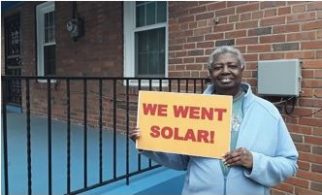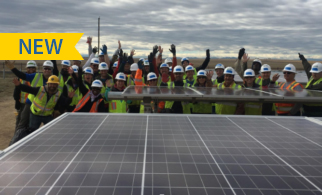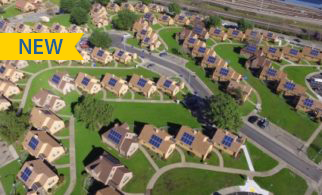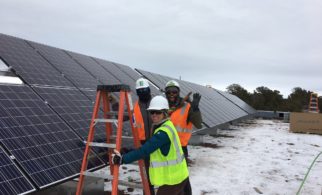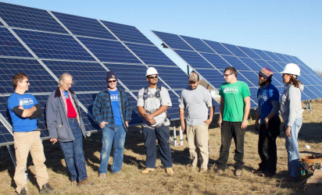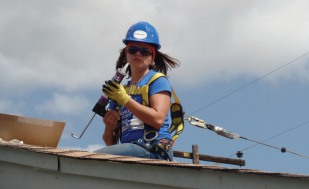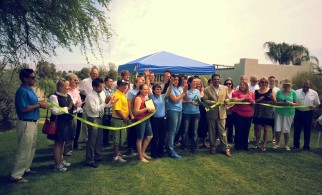Lessons Learned: Single Family
New York’s single family low-income solar program demonstrates why higher, stable incentive levels based on actual cost differentials are necessary to move low-income solar access forward in a scalable manner. Through NY-Sun, the state provides rebates and affordable financing for the installation of approved, grid-connected solar systems. NY-Sun’s Affordable Solar Program provides double the standard incentive amount for households earning less than 80 percent of the area or state median income, whichever is greater. As with the standard incentive, the low-income incentive declines as more solar capacity is installed statewide. Although the low-income solar incentive was set at double the non-low-income amount, that amount was too low from the outset, not having been set based on actual differences in costs to acquire and serve low-income customers. The inadequacy of the NY-SUN Affordable Solar incentive has been exacerbated by its decline alongside the non-low-income incentives, therefore disregarding the costs to market or build projects for this sector. To illustrate this point, during the second quarter of 2016 in New York State, only six solar installations were completed under the Affordable Solar program (which doubles the standard incentive), and applications for 16 installations were approved. During the same period, under the non-low income incentive program, 5,506 installations were completed and NYSERDA received applications for 4,108 projects. From October 2015 through the end of 2016, only 102 projects were completed using the added Affordable Solar incentive, with an additional 66 projects in the pipeline.
Hawaii provides additional guidance and lessons learned about the successful deployment of solar for low-income single-family homes. The Hawaii Green Energy Market Securitization (GEMS) Program was established in 2013 by the state legislature with the intent to make renewable energy accessible and affordable for consumers, with at least 51 percent of its funds intended to benefit underserved communities, low- and moderate-income homeowners, renters, and non-profits. Since its inception, the GEMS Program has offered 100 percent, no money down loans for rooftop residential solar at 5.99% interest. As of the end of 2017, fifty-eight loans have been made for moderate-income or higher-income homes, but only twenty-three loans were made for low-income homeowners. The Hawaii Green Infrastructure Authority offers some insight as to why low-income homeowners may not be benefiting as much as their higher-income counterparts. First, though approval is pending by the Hawaii Public Utilities Commission, on-bill repayment of GEMS loans is not yet available for low-income customers and renters. Second, the rules governing the GEMS Program do not allow for financing energy storage systems, which are increasingly needed in the Hawaii market. Third, the changes in net metering rules dampened the value proposition for customers. These and other reasons demonstrate why a successful low-income residential rooftop solar program must incorporate easy bill payment, long-term rules and incentives, and flexibility to adapt to changing market conditions.
Last updated: May 2018
